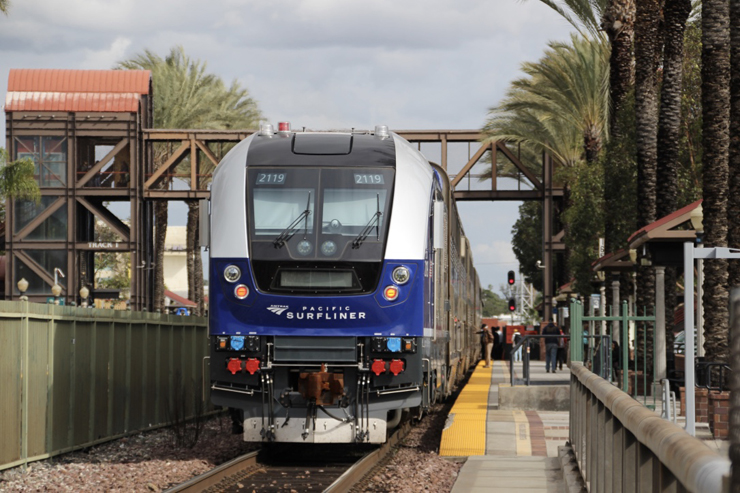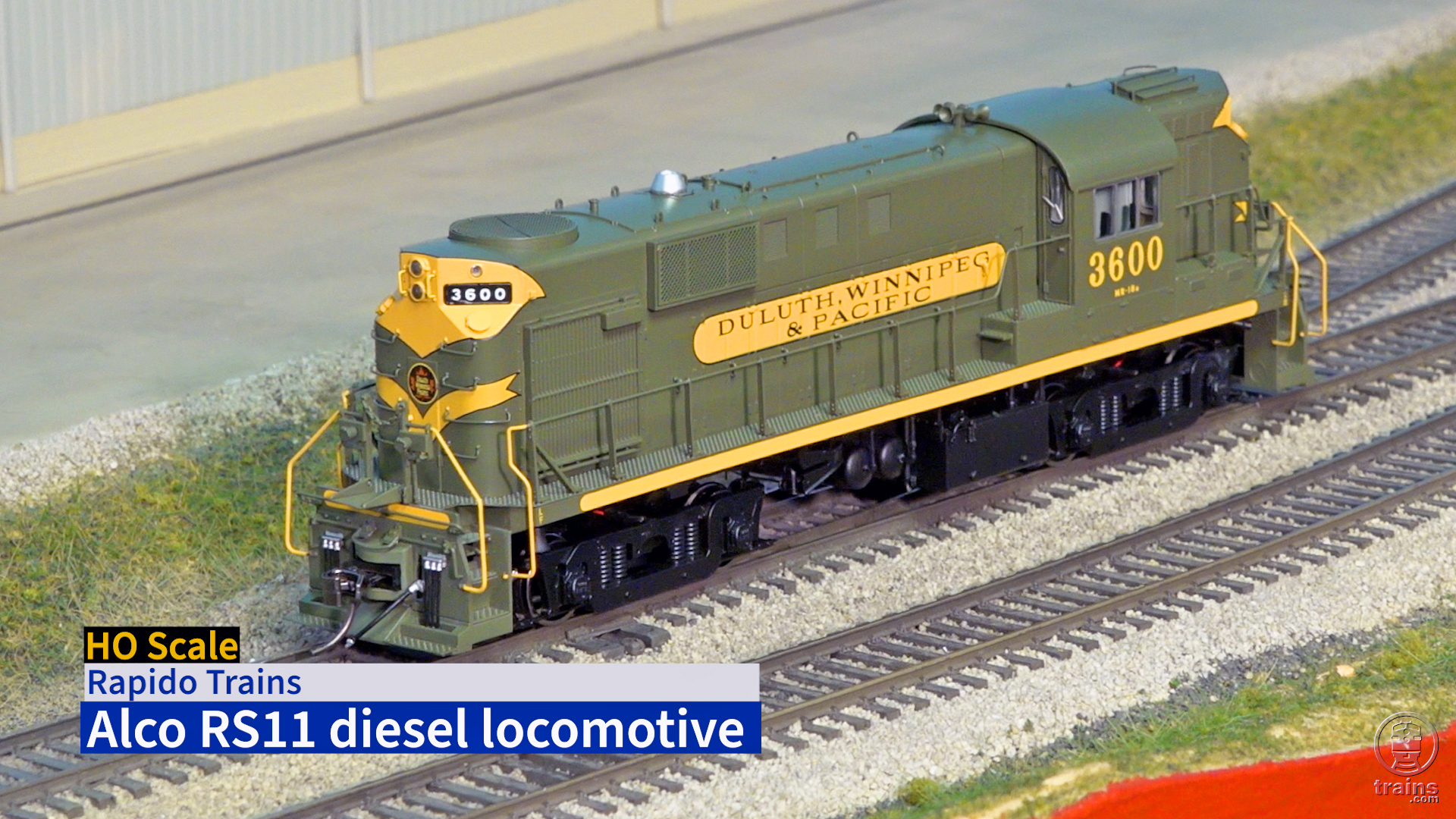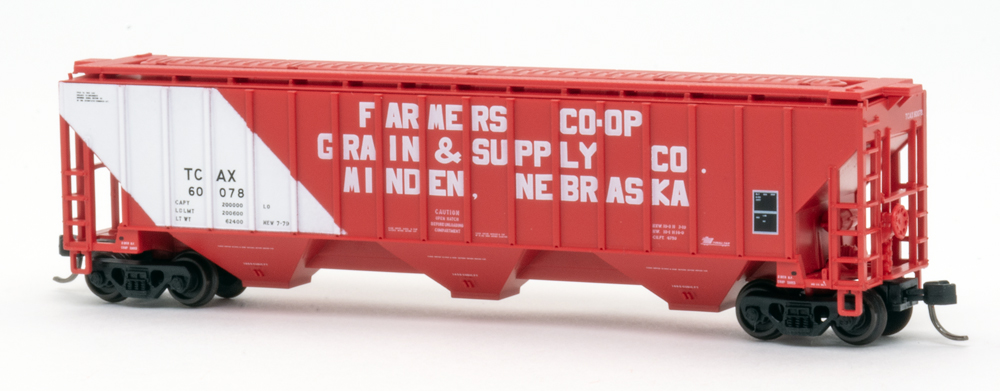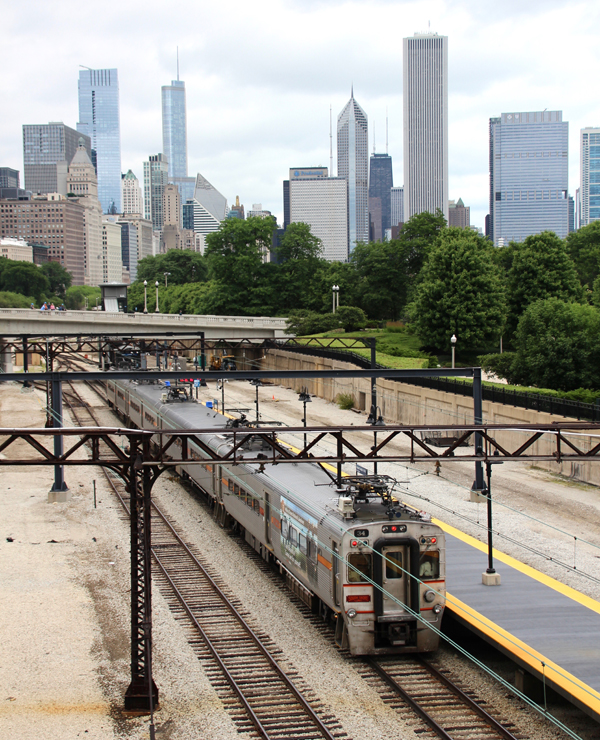
SAN DIEGO — The interruption of passenger service between South Orange County and Oceanside, Calif, could last for two months, an official with San Diego’s planning agency told broadcaster KPBS.
Amtrak’s Pacific Surfliner and LA-area commuter operator Metrolink halted service through San Clemente, Calif., on Friday, over concerns about erosion along a portion of the coastal rail line used by both services, as well as BNSF freight trains.
“Service for passengers will stop for at least 60 days. Period,” said Hasan Ikhrata, CEO of the San Diego Association of Governments, after a conversation with Metrolink CEO Darren Kettle, according to the public broadcaster. “The freight service will continue to operate and the freight trains will move at a slower speed.”
Metrolink spokesman Scott Johnson told the San Diego Union Tribune that the agency “has placed more than 20,000 tons of rocks and boulders to secure the right of way. … We are working with our partners at OCTA [the Orange County Transportation Authority] and LOSSAN [the agency which operates the Pacific Surfliners] on additional mitigations.”
The same stretch of track in the San Clemente area, which has been described as the site of an “ancient landslide,” also was responsible for a halt to passenger service for more than two weeks last year. LOSSAN is running a bus bridge around the area of the interruption for Surfliner passnegers, while Metrolink is not offering alternative transportation for passengers south of its Laguna Niguel/Mission Viejo station [see “Pacific Surfliner, Metrolink halt operations …,” Trains News Wire, Sept. 30, 2022].
SANDAG has long dealt with a similar problem on another portion of the former Santa Fe Surf Line, which it owns south of Oceanside. It has undertaken a series of stabilization projects to slow erosion along the Del Mar Bluffs. There are long-term plans to move that segment of the route to an inland tunnel, but that project is estimated to cost up to $4 billion and will not be complete before 2035 [see “San Diego planning agency accepts funds for Del Mar tunnel project,” News Wire, Sept. 12, 2022].
“You can patch and stabilize as much as you want, and you can fight nature, but nature will win at the end of the day,” Ikhrata told KPBS. “That is why we shouldn’t waste any more money in patching, but work hard to move this track off the bluff.”














For all of the alarmist out there, it is not climate change that has caused this…the ocean level has increased maybe 6 in. in the last generation. Part of it is the Army Corp of Engineers has not yet done their periodic beach sand replenishment. Secondly, as one of the commenters above has noted, California shoreline geology is complex and marked by historically unstable clay-like soils. As some have noted, the hills in SoCal and those along this shore are marked with hundreds of historic landslide slip planes. Get water into the slip planes and at some point they move. There are bluffs above the shore and the rail line and all of them have homes at the top of the bluff. Throw in the weight of the homes and these less than stable bluffs, AND decades of massive overwatering of landscaping at those homes and you have a problem. This recent event was an after effect of the tropical storm that grazed Souther California at the end of August.. It created a storm surge and winds created high surf….oh and that had nothing to due with climate change….mild Pacific tropical storms with hit SoCal every 30-40 years and its been that way for as long as people have been here.
Oh and the Del Mar bluff situation, studies over the years have cited excessive landscape watering by the houses above the tracks as a major cause of the bluff slippage.
In the meantime Flixbus and Greyhound will be bringing in some needed cash. Just hope they have the drivers to make it happen.
California’s coastline is both emerging and recessive. The land , via tectonic up lift, is rising relative the to ocean, and the ocean’s tidal activity is eroding away the bases of the cliffs. In many desirable locations people have chosen to build their homes close to the edge of the cliffs above the beach. Now a generation, or two, later their backyards are smaller, or nonexistent.
UP had part its right-of-way north of Santa Barbara wash into the ocean after a storm about five years ago. They hastily broke in tons of rock and filled in the washed out gaps, and the Starlight and Surfliners were were running within two weeks. It helps that it was in the middle of nowhere and no NIMBYS were around to use CEQA to stall, or shut everything down. It’s amazing how fast temporary repairs get done without major environmental investigations, deliberations, hearings, engineering studies and political wrangling for funding. E.g. In the aftermath of the Northridge Earthquake in 1994 Metrolink was extended (within days) literally through the collapsed I-5/CA-14 interchange to Palmdale and Lancaster years before it was planned. The collapsed Santa Monica Freeway was repaired within six weeks.
The question is why are the blffs becoming unstable. Is it that the ocean is washing out the beach wall allowing the pressure of the bluffs above to put too much stress directly above tracks causig the earth slip slides? Pure speculation. Get a very compentent geological group to figure it out now.
Has this been a periodic problem? If yes, how did the Santa Fe handle it? If not, what has caused it at this point in time?
Climate Change, of course. That’s the difference.
Yes Allen. North east here. For how many years have they been talking about the Gateway tunnels and the price just keeps going UP! Maybe a few more years before a shovel hits the ground. (an a few more billion $)
Are the soil structures–rock content, soil capacity, etc–the same?
There was nothing easy about the Dawlish Sea Wall, and there will be nothing easy about this mitigation. Other countries see a problem and work towards a solution. This country sees a problem and talks about it for a couple of years, debates its cost effectiveness and otherwise worries it to death before actually doing anything.
Does not matter whether or not the soil structures-rock content, soil capacity, etc. are the same as Dawlish. I’d posture that the problem at both San Clemente and Del Mar is worse that the problem at Dawlish(which was just severe wave action during major Atlantic storms). The problem in fixing it is in not hiring geologists that could tell you exactly what needs to be done to fix it and then going out and doing exactly that.
IF the UK/Network Rail can beat the coastline erosion and Dawlish(see Dawlish Sea Wall), then we should easily be able to beat the erosion/landslides at San Clemente and Del Mar…after all, we CLAIM to be more technologically ahead of the rest of the world.